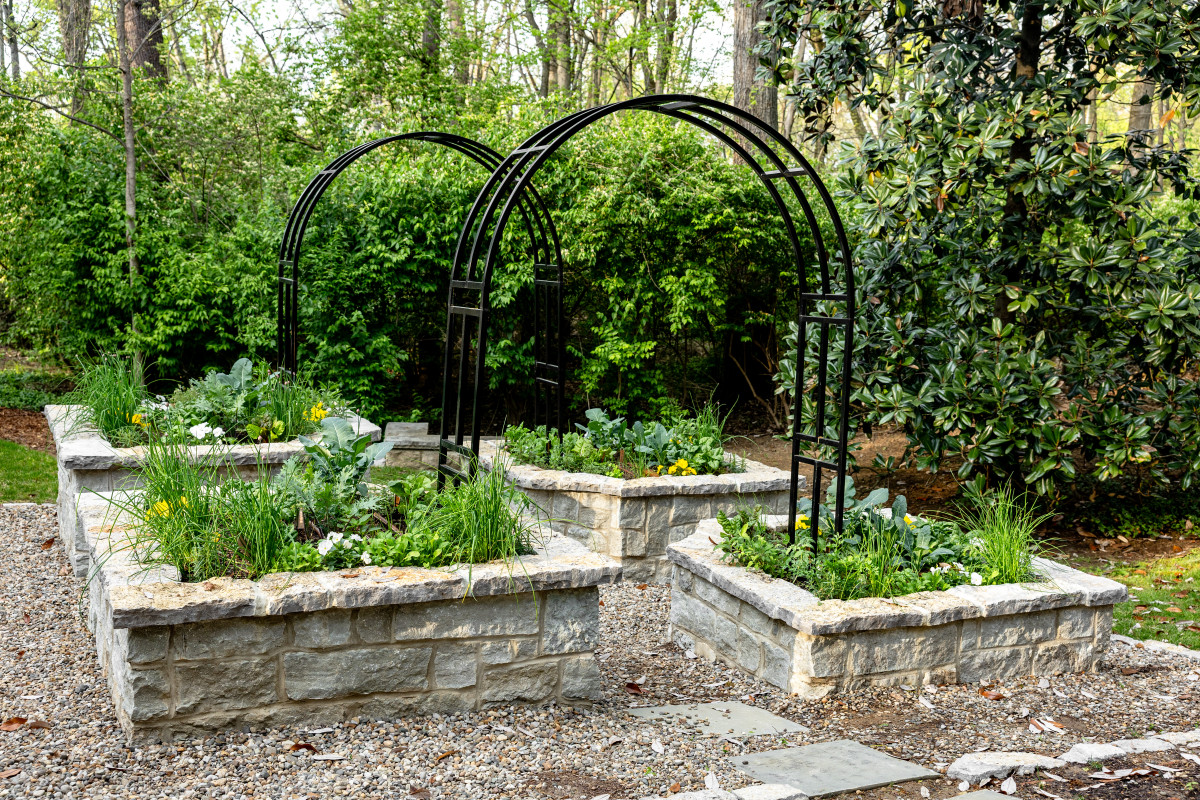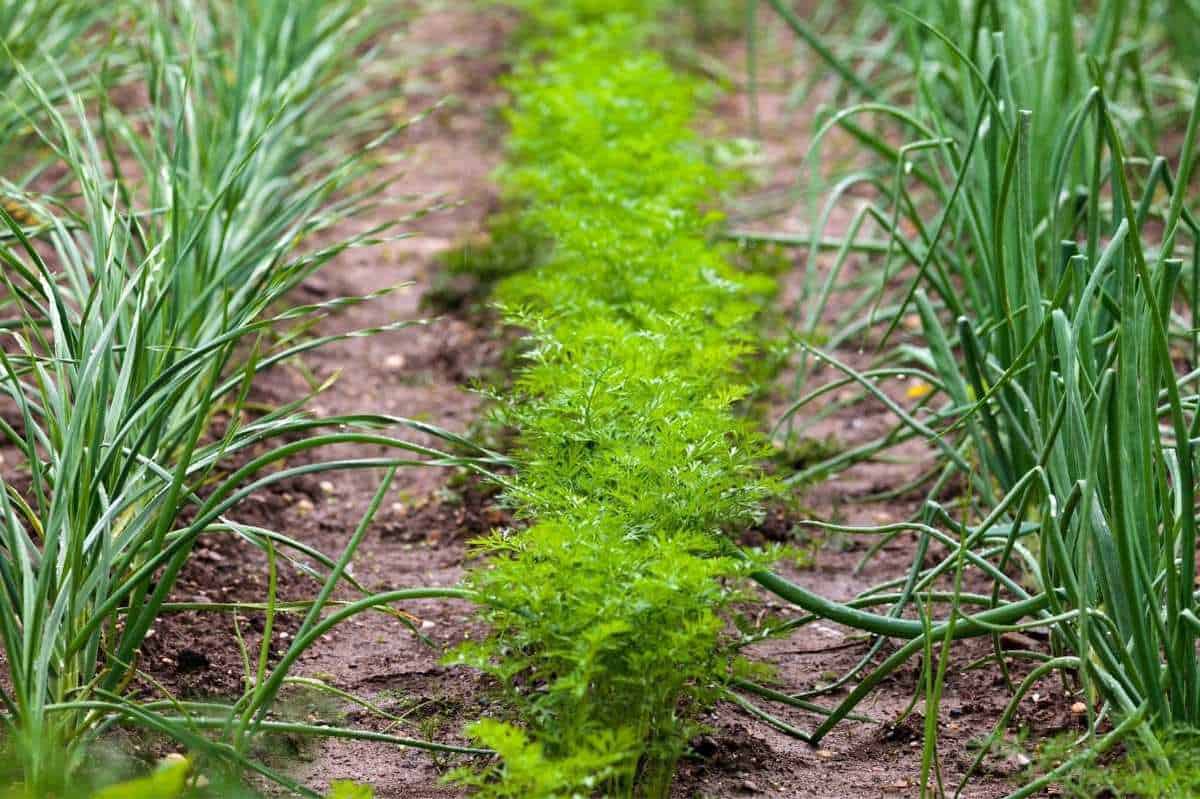Frugal Gardening Tips: How to Save Money in the Backyard Garden
Introduction: Why Frugal Gardening Matters More Than Ever
Growing your own food is one of the best ways to eat healthier, reduce your grocery bills, and become more self-reliant—but let’s be real: gardening can get expensive fast. From raised bed materials and soil to seeds, tools, and amendments, the costs can add up quickly.
But here’s the good news: you don’t need a big budget to build a productive garden. With the right strategies, some creativity, and a little planning, you can grow an abundant backyard garden without breaking the bank.

This guide dives into smart, cost-saving strategies that work for both beginners and experienced gardeners. Whether you’re starting from scratch or looking to tighten your garden budget, these frugal gardening tips will help you save money—without sacrificing yield.
1. Start With a Solid, Budget-Friendly Garden Plan
Planning ahead is the #1 way to save money in the garden.
Why a Garden Plan Saves You Money
- Prevents overbuying seeds or plants
- Helps you grow only what you actually eat
- Maximizes space and avoids wasted effort
- Enables smart crop rotation and succession planting
Budget Tip: Use free online tools or graph paper to sketch your layout. Prioritize crops with high yields and market value (like greens, tomatoes, herbs, and root veggies).
2. Grow From Seed, Not Starts
Buying seedlings from the nursery is convenient, but seeds are far cheaper—especially if you’re planting multiple beds or a large space.
| Item | Typical Cost | Cost per Plant |
|---|---|---|
| Tomato Start | $3–5 each | $3–5 per plant |
| Tomato Seeds | $2–4 per packet (20–50 seeds) | $0.10 or less per plant |
Seed-Saving Tips:
- Look for heirloom or open-pollinated seeds (you can save these each year)
- Join seed swaps or gardening forums
- Save seeds from homegrown produce like tomatoes, peppers, beans, and melons
3. Make Your Own Compost
Bagged compost can cost $6–10 or more per bag. Why pay for it when your kitchen and yard produce it for free?
DIY Composting Tips:
- Use kitchen scraps (veggie peels, coffee grounds, eggshells)
- Mix in brown matter like dried leaves, cardboard, and straw
- Avoid meat, dairy, and oily foods
- Turn regularly for faster breakdown
No space for a compost pile? Try:
- Vermicomposting with worms (indoor-friendly)
- Compost trenching (bury scraps directly in garden beds)
- 5-gallon bucket compost bins with air holes
4. Build Raised Beds With Recycled Materials

Lumber prices can crush your budget, but raised beds don’t have to cost a fortune.
Free or Cheap Bed Materials:
- Pallet wood (look for heat-treated pallets)
- Reclaimed fence boards
- Cinder blocks or bricks
- Old corrugated metal
- Straw bales (temporary, biodegradable beds)
Important: Avoid treated wood if growing edibles—chemicals may leach into the soil.
5. Save on Soil With the Layered Bed Method
Filling a raised bed entirely with bagged garden soil is expensive. Instead, try the lasagna method (aka Hügelkultur).
Layered Bed Recipe:
- Bottom: Logs, sticks, wood chips
- Middle: Straw, leaves, compost
- Top: 6–8 inches of quality soil/compost blend
This method creates healthy soil over time while cutting costs significantly.
6. Mulch for Free (or Cheap!)
Mulch retains moisture, suppresses weeds, and improves soil—but you don’t need to buy bags of wood chips.
Frugal Mulch Ideas:
- Grass clippings (dry before applying)
- Leaves (shredded or whole)
- Straw or hay (check for weed seeds)
- Pine needles
- Newspaper or cardboard (for sheet mulching)
Pro Tip: Call local tree trimmers—they often give away free wood chips.
7. Make Your Own Fertilizers
Instead of pricey commercial fertilizers, use kitchen and garden waste to feed your plants.
Homemade Fertilizer Options:
- Banana Peel Tea: Soak banana peels in water to add potassium
- Compost Tea: Steep compost in water to create a nutrient-rich liquid
- Eggshell Powder: Crushed and added to soil for calcium
- Coffee Grounds: Add nitrogen to compost or use sparingly around acid-loving plants
8. Water Smart (and Cheap)
Water bills can soar in summer, but there are many ways to keep your garden hydrated without draining your wallet.
Save Water With:
- Rain Barrels: Collect free rainwater from gutters
- DIY Ollas: Bury terracotta pots filled with water to slowly hydrate roots
- Drip Irrigation: Use recycled plastic bottles or soaker hoses
- Water Early: Water in the morning to reduce evaporation
9. Repurpose Household Items for Garden Use
:max_bytes(150000):strip_icc()/GettyImages-537805946-5228ed36737a49f781a7828ca2496126.jpg)
Save money—and reduce waste—by turning everyday items into gardening tools or containers.
| Household Item | Garden Use |
|---|---|
| Yogurt cups | Seed starting pots |
| Milk jugs | Watering cans, mini-greenhouses |
| Egg cartons | Seed trays |
| Toilet paper rolls | Biodegradable seed starters |
| Old kitchen utensils | Plant labels, weeders |
10. Share, Swap, and Barter
Community is your biggest money-saving tool as a gardener.
Join or Start:
- Seed swaps
- Local gardening groups
- Tool-lending libraries
- Bulk-order groups for seeds, compost, or mulch
Trade With Neighbors:
- Extra seedlings for compost
- Garden help for homegrown produce
- Surplus veggies for homemade jam
11. Grow High-Value Crops
Stretch your budget further by focusing on crops that are expensive to buy but cheap to grow.
| High-Value Crop | Why It’s Worth Growing |
|---|---|
| Tomatoes | High yield, versatile, expensive in stores |
| Leafy greens | Fast growers, expensive organic |
| Herbs (basil, mint) | Costly fresh, easy to grow in pots |
| Peppers | Especially hot or specialty varieties |
| Garlic | Long-lasting, stores well |
12. Don’t Waste a Single Inch
Make the most of your space with these budget-friendly yield boosters:
Grow Vertically
Use trellises, cages, or fencing for beans, peas, cucumbers, and squash.
Interplanting & Companion Planting
Grow fast crops like radishes or lettuces between slower growers like broccoli or tomatoes.
Succession Planting
Plant every 2–3 weeks to keep beds full all season.
13. Take Advantage of Free Resources
There are countless ways to garden smarter by learning from free or low-cost resources.
Try These Freebies:
- YouTube garden channels (e.g., Epic Gardening, Roots & Refuge)
- County Extension Office gardening guides
- Free PDF garden planners and calendars
- Community garden workshops and meetups
14. Learn by Doing (and Don’t Fear Mistakes)

Wasting money often comes from rushing in without a plan, or from buying things you don’t need. Start small. Experiment. Take notes.
Every season is a learning experience. You’ll waste less, grow more, and get smarter each year.
Table of Contents
FAQs: Frugal Gardening Tips
Q1: Is it cheaper to grow your own food?
Yes! Once you set up your garden, the ongoing costs are minimal compared to grocery store produce. Plus, you get fresher, pesticide-free food.
Q2: Can I really garden without spending any money?
You can get very close. Use saved seeds, recycled containers, free compost, and community resources to grow a productive garden for almost nothing.
Q3: What vegetables give you the best return on investment?
Tomatoes, lettuce, herbs, peppers, and leafy greens like spinach or kale give huge returns for very little cost.
Q4: How can I garden if I don’t have a yard?
Use containers on a balcony or patio, grow herbs on windowsills, or join a community garden.
Q5: Where can I find free seeds or plants?
- Local seed libraries or garden groups
- Online plant swaps and Facebook groups
- Community gardens often share extra seedlings
Final Thoughts: Grow More, Spend Less, Enjoy More
Frugal gardening isn’t about cutting corners—it’s about working with nature, using what you have, and making smarter choices that stretch every dollar. From making your own compost to swapping seeds with neighbors, every small effort adds up.
The truth is, gardening on a budget isn’t just possible—it’s often more sustainable, more creative, and more rewarding. So dig in, get your hands dirty, and grow a garden that feeds your family and your wallet.







